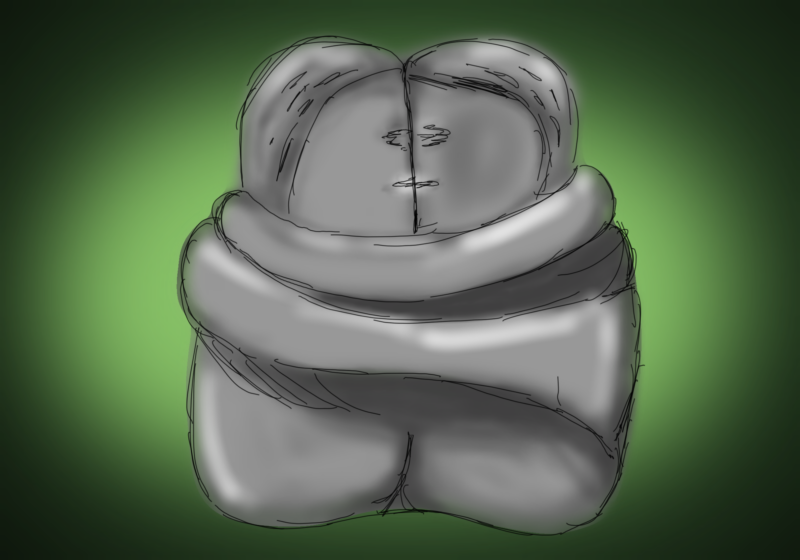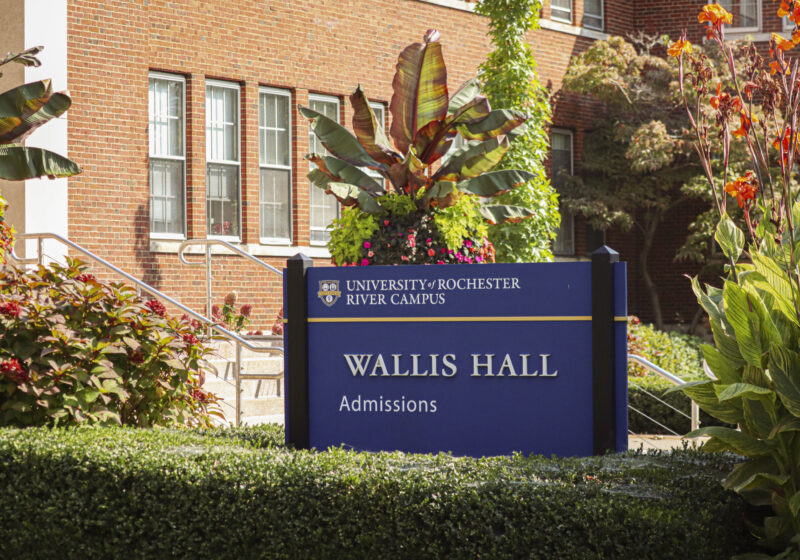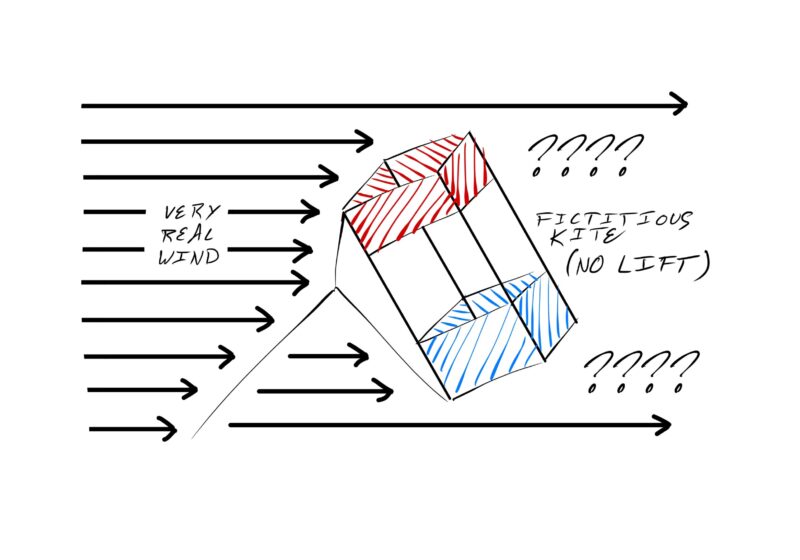On Nov. 4, the University of Rochester Medical Center issued a press release on a study recently published in the Journal of Neuroinflammation suggesting that the brain’s immune system could potentially be used to get rid of amyloid plaques, which are a crucial component of Alzheimer’s disease.
The study, which was conducted over a period of several years, was authored by M. Kerry O’Banion, M.D., Ph.D, a professor at the University of Rochester’s Department of Neurobiology and Anatomy. Boston University graduate student Jonathan Cherry and University of Rochester researcher John Olschowka, Ph.D, were co-authors.
The inspiration for this research came from a surprising discovery made while studying the effects of Alzheimer’s in mice. O’Banion and his colleagues witnessed the amyloid plaques being cleared in the mice, reducing the amount of inflammation in their brains. However, the reason for this was unclear. The research team tried replicating their observations through a series of experiments, eventually realizing that microglia, defined by the press release as native cells that serve as one of the central nervous system’s first lines of defense against infection and injury, were responsible for clearing the plaques. Upon manipulating the activation of microglia in the mice, O’Banion and his colleagues saw more than a 60 percent reduction of amyloid plaque in the brains of the mice.
In the press release, O’Banion summarized the researchers’ findings, stating, “This research confirms earlier observations that, when activated to fight inflammation, the brain’s immune system plays a role in the removal of amyloid beta.” O’Banion also commented on the future implications of the research, saying, “We have also demonstrated that the immune system can be manipulated in a manner that accelerates this process, potentially pointing to a new therapeutic approach to Alzheimer’s disease.”





